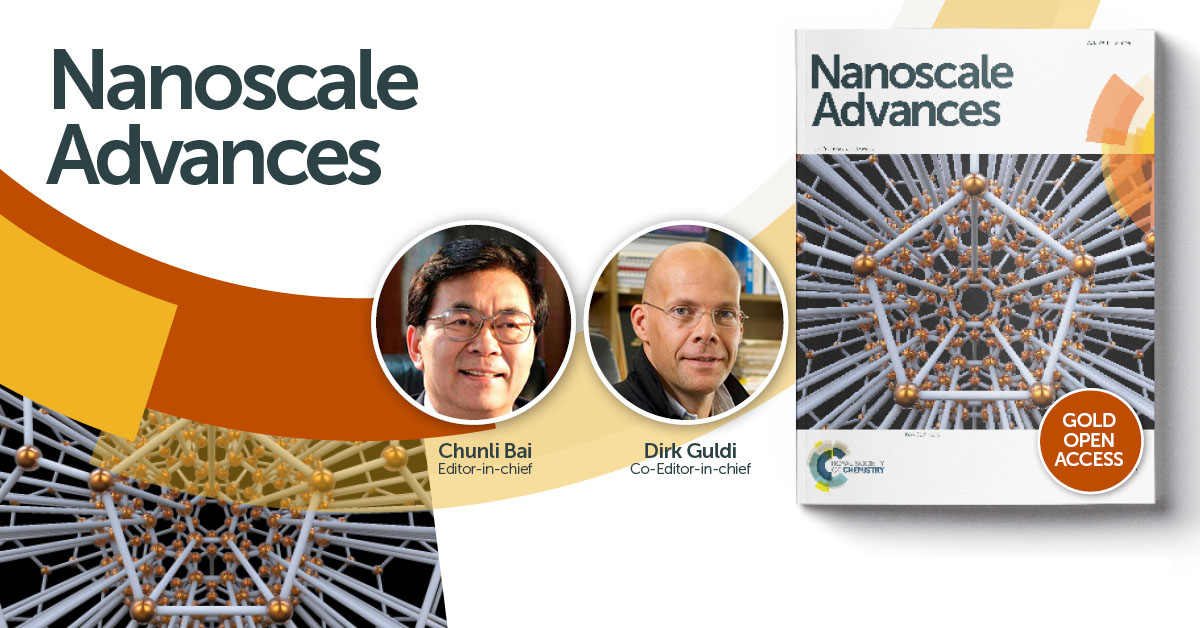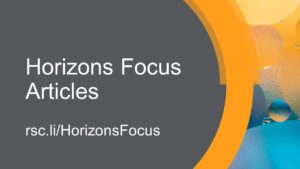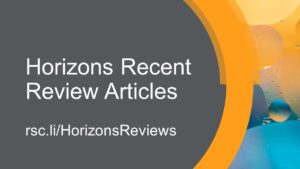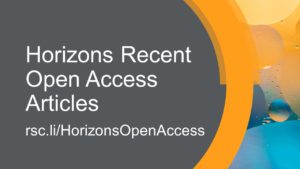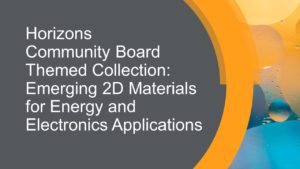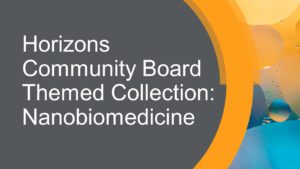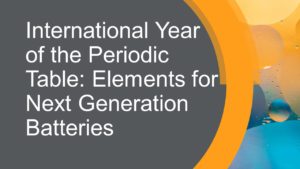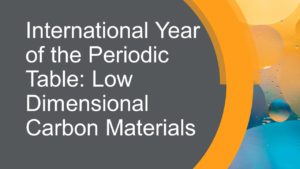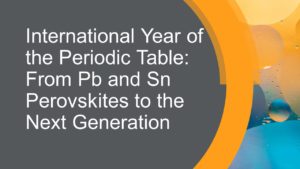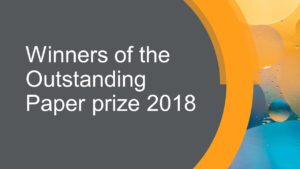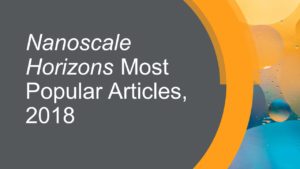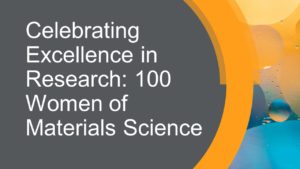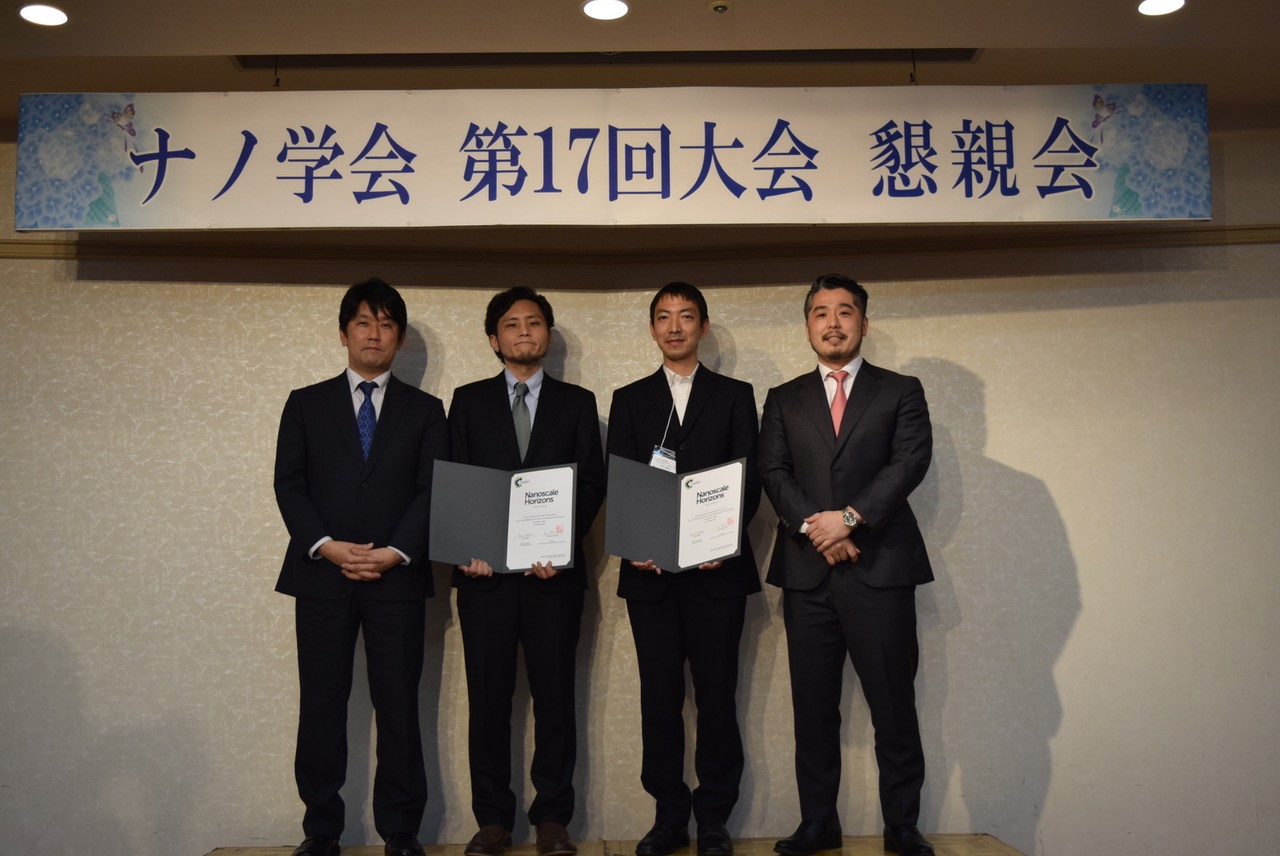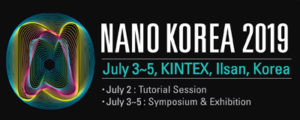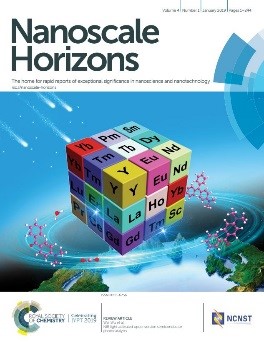New in 2019, we are delighted to continue a series of post-publication online article collections, led by our Community Board members across both Materials Horizons and Nanoscale Horizons.
The Community Boards that support both Horizons journals aim to provide a platform for early career researchers to share their experiences and ideas on scientific publishing. Working together and sharing their unique expertise, our Community Board members have recommended several key topics where significant, rapid progress has been made in the last 2 years. They have selected top articles published in the Horizons journals to showcase the most important advances in each topic area.
Emerging 2D Materials for Energy and Electronics Applications
Li Li, Tianyi Ma, and Nan Zhang present the second Horizons Community Board Collection:
Horizons Community Board Collection – Emerging 2D Materials for Energy and Electronics Applications
“2D nanomaterials, including carbon-based materials, metal, metal oxide (sulfide), and black phosphorus (BP) et al., have aroused extensive interests in energy and electronics applications due to their attractive structure-dependent properties.
In this themed collection, we are compiling some noteworthy articles focused on sensors, lithium-ion batteries, supercapacitors, photo(electro)catalysis, photodetector, electronics and optoelectronics. As typical 2D carbon materials, graphene and doping graphene exhibit high performance in these fields, as indicated by Li et al. (DOI: 10.1039/C6MH00587J) and Chua et al. (DOI: 10.1039/C7MH00068E) in their research works published in Materials Horizons. 2D metal and metal sulfide materials as illustrated through the research works of Chen et al. (DOI: 10.1039/C7NH00091J) and Li et al. (DOI: 10.1039/C8NH00419F) have shown two-dimensional geometric structure together with unique physical properties, which make the material quite a promising candidate for applications in electronics and optoelectronics. Lou et al. (DOI: 10.1039/C3MH00077J) provided an effective approach with SnO2 nanosheets to increase the energy density of the integrated electrodes. A review article about 2D BP published by Zhou et al. (DOI: 10.1039/C6MH00358C) summarized the recent developments in the study of BP, which covered the state-of-the-art synthesis methods for preparing single-layer or few-layer BP, the recent advances in characterizing its electronic, optical and mechanical properties, and the reported functional devices utilizing such properties. Since these research works show that these emerging 2D materials have excellent performance and prospect, it will be important to see how they enrich the future of energy and electronics applications.
We hope that readers will obtain valuable information from this themed collection.”
Li Li, Tianyi Ma, and Nan Zhang
Guest Editors
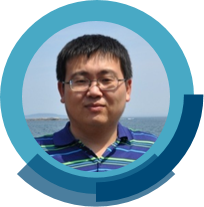
Nanoscale Horizons Community Board Member Dr Li Li received his Ph.D. degree from Department of Materials Science and Engineering at Carnegie Mellon University in 2012 and finished his two-year postdoc work in Cornell University in 2014. His current research interests include advanced nanomaterials fabrication technology and its applications for energy storage/conversion. He was awarded with 2015 TMS Yong Leader Professional Development Award and serves in the Royal Society of Chemistry journal Nanoscale Horizons Community Board and Editorial Board of Metallurgical and Materials Transactions.
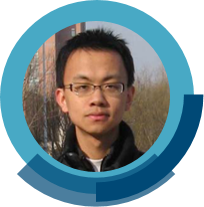
Materials Horizons Community Board member Dr Tianyi Ma received his PhD in Physical Chemistry in 2013 from Nankai University, China. Then he worked as a postdoctoral research fellow from 2013 to 2014 in University of Adelaide, Australia. He was awarded Australian Research Council (ARC) Discovery Early Career Researcher Award (DECRA) in 2015, and continued independent research on the rational design of nanostructured materials with a large variety of components from carbons, metals, metal oxides, organic polymers, to metal–organic frameworks. He is currently a lecturer in Discipline of Chemistry, University of Newcastle. His current interest lies on the energy and environment related applications of functional materials including catalysis, adsorption and separation, and energy conversion and storage. He authored more than 100 peer review journal articles in this area with an h-index of 39.

Materials Horizons Community Board member Professor Nan Zhang received her PhD degree in Inorganic Chemistry in 2016 at the State Key Laboratory of Photocatalysis on Energy and Environment, Fuzhou University, China. Then she worked as a postdoctoral research fellow from 2016 to 2017 at National University of Singapore. She was supported by the National Postdoctoral Program for Innovative Talents in 2017 and worked on the optical property optimization of nanostructured metal materials toward the applications in photocatalysis. She is currently a full professor working at College of Materials Science and Engineering, Hunan University, China. Her main research interests include the fabrication of carbon-based composites and metal nanostructures with scattering-mediated optical response for solar energy conversion.
We hope you enjoy reading this collection.
See our other Horizons Community Board Collection: Nanobiomedicine here.













